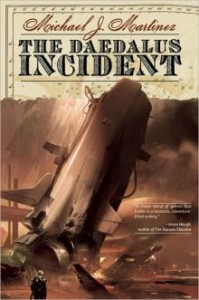 The following is an excerpt from my book How To Write a Novel: The Fundamentals of FictionChapter 12: Beginnings, Middles, and Ends, the first of three parts in a series covering Beginnings, Middles, and Ends.
The following is an excerpt from my book How To Write a Novel: The Fundamentals of FictionChapter 12: Beginnings, Middles, and Ends, the first of three parts in a series covering Beginnings, Middles, and Ends.
“A long time ago, when all the grandfathers and grandmothers of today were little boys and little girls or very small babies, or perhaps not even born, Pa and Ma and Mary and Laura and Baby Carrie left their little house in the Big Woods of Wisconsin. They drove away and left it lonely and empty in the clearing among the big trees, and they never saw the little house again.” (Little House on The Prairie by Laura Ingalls Wilder)
As you write your novel, there are three areas you’ll need to pay particularly close attention to: the Beginning—particularly the first two scenes, the Middle—and particularly the Mid-Point, and the End—particularly the Climax. This chapter will examine them each in turn. All three will work together in a great novel.
Nancy Kress writes in Beginnings, Middles, and Ends: “By the time she’s read your opening, your reader knows what you’ve implicitly promised. A satisfying middle is one that develops that promise with specificity and interest. A satisfying ending is one that delivers on the promise, providing new insight or comfortable confirmation or vicarious happiness.” So let’s start at the beginning as you consider writing your novel. What makes a great opening?
 Beginning
Beginning
The cliché of “A long time ago,” actually wasn’t cliché when Laura Ingalls Wilder used it long ago in her now classic tome. For us, it’s a phrase we must mostly avoid. To open our stories, we’ll have to reach deeper, try a little harder. Some stories just lend themselves to strong, dynamic openings: the murder mystery that opens with a murder, the police procedural that opens with a chase, the science fiction or epic fantasy novel that opens with a battle, the romance that opens with the protagonist catching their lover having an affair. These are all inherently dramatic openings, with lots of built in conflict, character development, and emotional resonance as well as action. But not every story brings such an easy opening directly to mind. Sometimes, writers have to work a little harder to craft just the right opening.
There are two key points from earlier chapters we must revisit here: the idea of questions asked and answered—the answers stretched out for pacing over long or short stretches depending, and the promise inherent in the author-reader contract—the promise to deliver on a premise in a satisfying way. Both these things must be established in any good beginning. Kress writes: “In your first scene, your main goal is to keep your reader interested. You do that by focusing not on overall meaning but on the four elements that make a first scene compelling: character, conflict, specificity, and credibility.” So to start, your opening should give readers a person to focus on. Usually this is the protagonist.
In his wonderful sequel to The Notebook, titled The Wedding, Nicholas Sparks manages to open with his protagonist out front and the story questions asked in the first two sentences:
“Is it possible, I wonder, for a man to truly change? Or do character and habit form the immovable boundar- ies of our lives?
It is mid-October 2003, and I ponder these questions
as I watch a moth flail wildly against the porch
light. Jane, my wife, is sleeping upstairs, and she
didn’t stir when I slipped out of bed. It is late,
midnight has come and gone, and there’s a crispness
in the air that holds the promise of an early winter. I’m wearing a heavy cotton robe,and though I imagined it would be thick enough to keep the chill at bay, I
notice that my hands are trembling before I put them
in my pockets.
Above me, the stars are specks of silver paint on a
charcoal canvas. I see Orion and Pleiades, Ursa Major,
and Corona Borealis, and think I should be inspired
by the realization that I’m not only looking at the
stars, but staring into the past as well. Constella- tions shine with light that was emitted aeons ago, and
I wait for something to come to me, words that a poet might use to illuminate life’s mysteries.
But there is nothing.
With those words, he establishes the central journey of the protagonist: a search for meaning, a desire to be better man, and an uncertainty if it is possible. The stars and the cold act as physical symbols of his uncertain thoughts and emotions, reminding us as they do him of his state of mind. The mention of his wife tells us the focus of his desire to grow: his wife and marriage and also introduces another key character for the journey we are about to embark on. It may not be as action packed an opening as a space battle, police chase, or murder, but the search for meaning and hope there is more to life inherent in the questions the protagonist is asking are universal themes all readers can relate to, questions that call to mind similar journeys we’ve all made, and the setting of pondering such things while a spouse sleeps and we watch the stars is also familiar. The whole thing, simple as it is, lacking in action though it may be, nonetheless evokes familiarity that connects us with the protagonist as he seeks universal truths we seek ourselves. And that makes this a powerful opening.
Kress writes: “Most successful openings give the reader a genuine character because most stories are about human beings.” And so your opening must connect us with a character we will want to know better, want to follow through a story; one who asks the kinds of questions that peak and hold our interest and make us read on. Such questions bring with them implied conflict—potential or existing—that will need to be faced to resolve the question. Again, there’s overt dramatic conflict and there’s also conflict like we see in The Wedding, which involves a man wondering if he is the best he can be and if he can find renewed satisfaction in his marriage and life. No matter what type of conflict lies at the heart of your story, it must be hinted at in the beginning, even though it won’t be developed until later, because the hint of that conflict is a hook that catches readers and keeps them reading.
Specificity encompasses the specific details you use to set the scene and character as well as mood and tone in your opening. The right details give you credibility. They anchor your story in concrete reality, distinguish your opening from others that may be similar, and convince readers you know what you’re talking about. The wrong details may lose readers and ruin your credibility right off the bat. Again per Kress, credible details in credible prose convince readers to trust that the author has something to say and knows what they are doing. The sense of trust enables readers to suspend disbelief and go along for the ride, believing the journey will be worth their time and take them somewhere interesting.
Kress suggests several techniques important to credible prose:
- Diction: Know the meaning of words and use them well and correctly, avoiding clichés, and establishing the character’s voice, not the author’s clearly and commandingly. If your character would say it—even a cliché—then it belongs, but make sure it is in character and has a point. No words in credible prose are wasted.
- Economy: “Credible prose,” Kress writes, “uses only as many words as it needs to create its effects. It doesn’t sprawl.” Credible pose is concise, with well-chosen words and phrases. It is not verbose. Repetition is only used when it is needed to create a powerful effect—a mood, an atmosphere, or a state of mind. It is precise and to the point. Why should your reader be forced to read twice as many words as you actually needed to tell your story? Keeping credibility means not wasting words.
- Good Sentence Construction: Awkward sentences never appear in credible prose. Your sentences may vary from simple to compound, long to short, but every one of them is smooth, unambiguous, and purposeful, moving forward story, character, plot, or theme with every word.
- Variety: Good sentence construction goes hand-in-hand with sentences of varied lengths. Short sentences can add punch and drama when following longer ones. And longer sentences after short ones will garner heightened attention from readers, who trust that every word counts.
- Spare Adverbs and Adjectives: Credible prose is not overflowing with unnecessary words like needless adverbs and adjectives. Excess modifiers are the work of amateurs. Strong verbs and nouns are the mark of pros.
- Tone: The tone of credible prose is never self-indulgent always focusing reader’s attention on the story, not the writer. It resists the temptation to over write, offer needless asides, showy vocabulary, and over punctuation. The writing is straight forward and the words shine, not the author or his devices.
So how does all this fit together? Let’s look at a couple more examples of strong openings. Here’s the opening from Dennis Lehane’s Darkness, Take My Hand:
Three days ago, on the first official night of winter
a guy I grew up with, Eddie Brewer, was one of four
people shot in a convenience story. Robbery was not a motive. The shooter, Jeff Fahey, had recently broken
up with his girlfriend, Laura Stiles, who was a cash- ier on the four-to-twelve shift. At eleven fifteen, as
Eddie Brewer filled a Styrofoam cup with ice and
Sprite, Jeff Fahey walked through the door and shot
Laura Stiles once in the face and twice through the
heart.
Then he shot Eddie Brewer once in the head and walked down the frozen foods aisle and found an elderly Viet-namese couple huddling in the dairy section. Two bul- lets for each of them, and James Fahey decided his
work was complete.
Darkness, Take My Hand is a noir detective novel set in Boston. Now let’s go to Bend, Oregon and this opening from Frisky Business by Tawna Fenske:
Either Marley Cartman had stepped in dog droppings, or the makers of her new lotion had a weird concept ofsweet seduction. She dragged the toe of her Jimmy Choo peep-toe across the floor of the Humane Society lobby, thinking it was absurd she’d dressed this nicely to drop paperwork at a business with a goat pen in the foyer.
One detective noir, one romantic comedy, two very different openings, but both excellent examples of the concepts Kress suggested. Lehane starts his story with a darkness and tragedy, that has a sad, wistful tone, while Fenske’s opening is quirky and comedic, much like the novel that follows. The Lehane novel centers on violence as Boston detectives Gennaro and McKenzie try to protect a local kid from the Mafia, while Fenske’s is about romance set around a wildlife sanctuary. Both openings establish character voice, are short on adjectives and adverbs and long on sentences of varied lengths, while also establishing setting and tone with economic prose. They are memorable and powerful and draw us in immediately. This is what your novel’s opening should accomplish as well.
For readers—and this includes agents and editors—the opening scene or two are all you have to convince them your novel is for them: worth their time and competently written by an author who has something to say and the credibility to say it. If you cannot convince them in the first two scenes, most will put down your novel and walk away. Some won’t make it past the first page, to be honest. And the risk is that they may decide never to pick up another book by you again. This is the importance of strong openings. This is why beginnings matter. Find an opening scene that accomplishes all of these things and follow it with a scene that opens up the character and world a bit more, letting us in on who they are, where we are, and what the problem and central question will be, and you will have our hearts and minds for the next few days or week it takes to read your story. But, of course, then you must deliver on the promise of your strong opening. And that’s where the Middle comes in, which we’ll discuss next week.

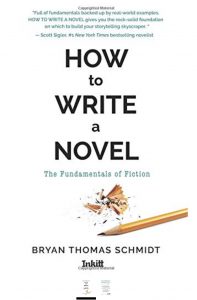 Beginning
Beginning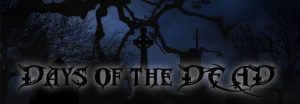
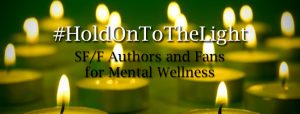



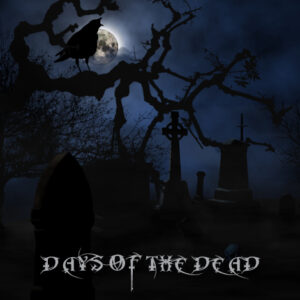



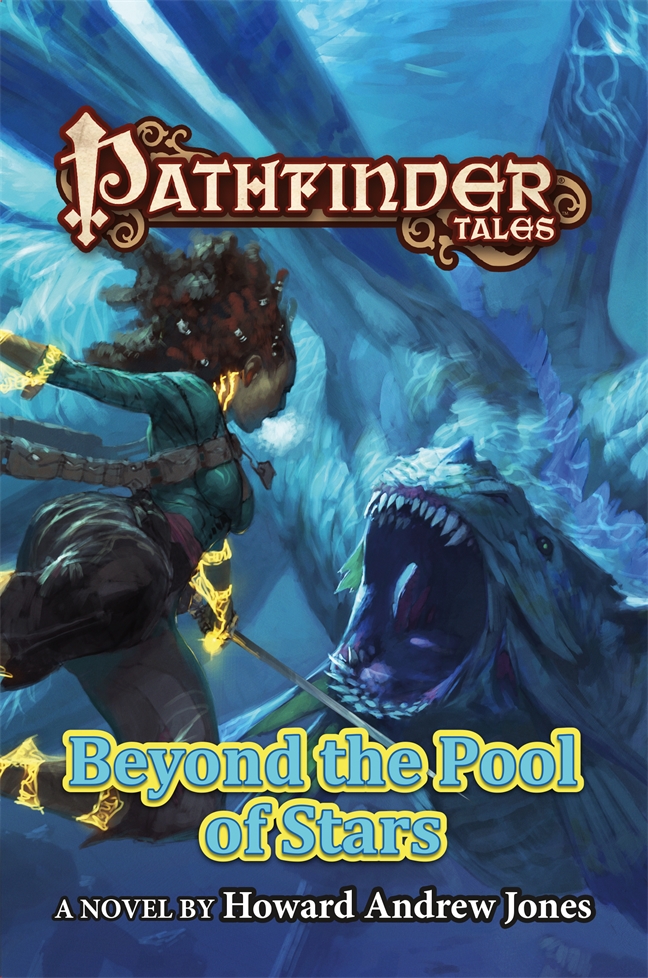
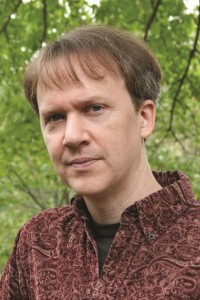 of historical fiction writer Harold Lamb’s work for the University of Nebraska Press. He can be found lurking at www.howardandrewjones.com. Follow him on Twitter @howardandrewjon
of historical fiction writer Harold Lamb’s work for the University of Nebraska Press. He can be found lurking at www.howardandrewjones.com. Follow him on Twitter @howardandrewjon

